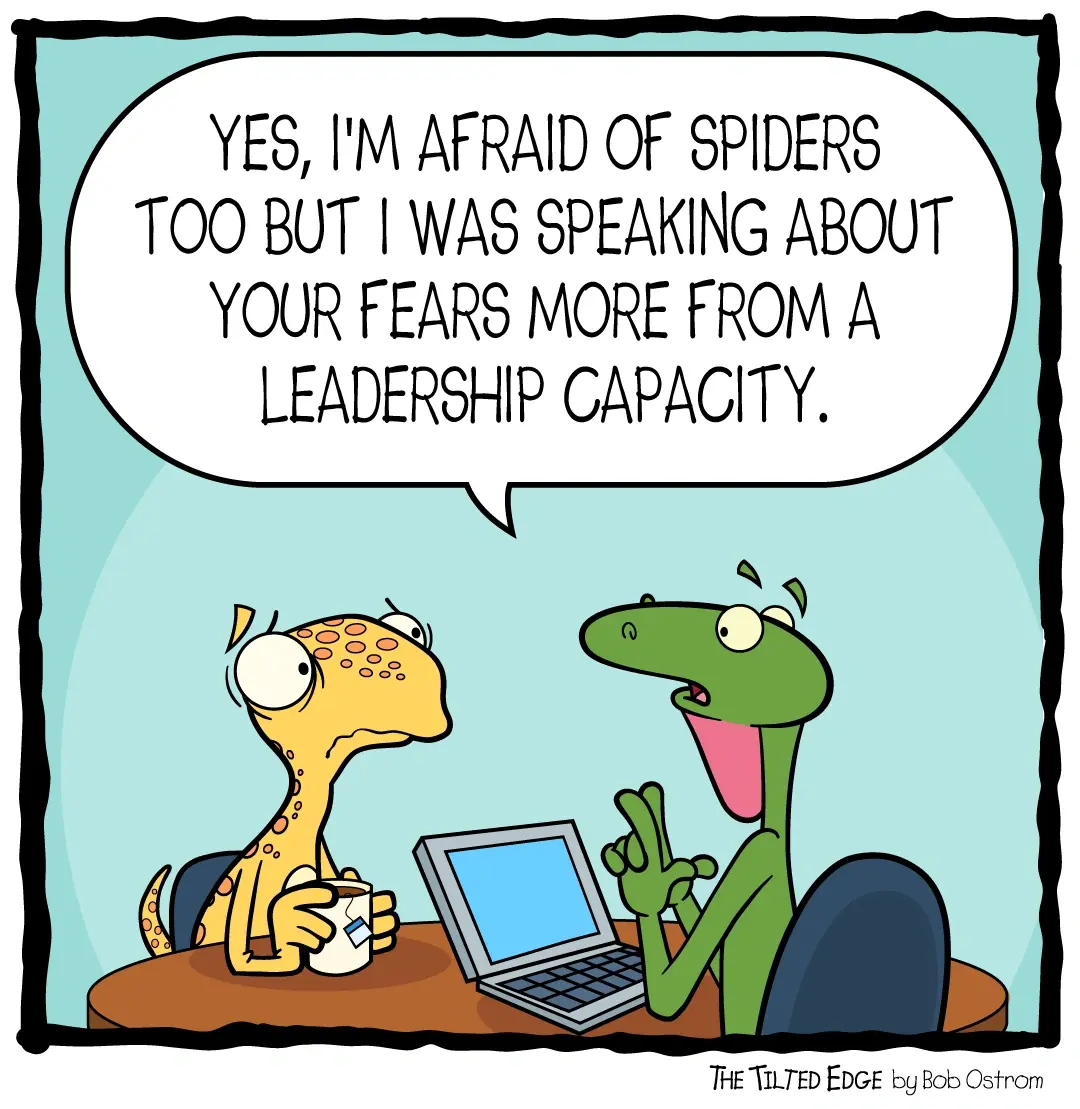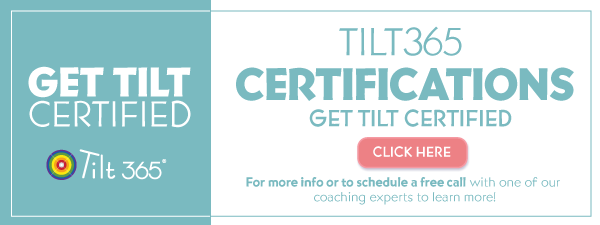

When researching the success rates of mergers and acquisitions (M&A), there is an unfortunate pattern of failure linked to deal makers’ ignorance and underestimation of internal people issues. This leads to numerous emotionally-charged meetings over personality conflicts and decision-making styles that often fall on the shoulders of HR practitioners, consultants, and coaches.
Within the first quarter after an M&A announcement, two-thirds of companies lose market share, and over 90% lose market share by the third quarter. Right after an M&A deal is announced, a talent exodus is an obvious consequence of failing to conduct thorough human due diligence. Although attrition is expected and even sometimes intended, identifying and retaining key talent is critical for preserving the desired attributes of an acquired company.
What is less obvious–but equally devastating–is the continuous long-term attrition, especially among key leaders. Research has demonstrated that companies continue to lose a disproportionate number of executives within the years after M&A deals close. And for the leaders who remain, infighting often ensues from discrepancies in decision-making styles. These differences stall M&A integrations which leads to overall decreased production as managers postpone decision-making and employees become disillusioned.
Human due diligence lays the foundation for successful integrations. Out of 40 companies studied by Bain & Company that had undergone recent mergers, only 15 were considered successful. Of these 15 companies, all had practiced some type of human due diligence, while the unsuccessful companies had not. To begin quality human due diligence during an M&A, a few questions need to be asked and answered by the acquiring company.
First: What is the purpose of the deal?
This leads to two additional questions:
-
Whose culture will the new organization adopt? and,
-
What organizational structure should be adopted?
During M&As, executives often publicly describe the integration as “mergers of equals” for diplomatic purposes. But in reality, there is always a financial acquirer and a cultural acquirer. The goal is to align the two pending the purpose of the M&A.
The financial acquirer is often (but not necessarily) the cultural acquirer, where the purchased company is subsumed into the buyer. Sometimes, obtaining a company’s culture is the purpose of an acquisition. An example is when the New York Stock Exchange (NYSE) merged with Archipelago in 2006. NYSE was the clear financial acquirer, while Archipelago was the intended cultural acquirer.
The NYSE purchased Archipelago–an all-electronic stock exchange–to integrate Archipelago’s more advanced technologies, its future-oriented management team, and its governance structure. Even though the NYSE was the clear financial acquirer, Archipelago was clearly intended as the cultural acquirer that would set the tone for the new company going forward.
The goal of an M&A is necessary when determining which company's culture is to be embodied (or if there will be a hybrid from the two pre-existing cultures). Then, key leaders can strategize structures to align with the goals.
Financial acquirers are often also cultural acquirers if the goal of an M&A is to strengthen the existing business by gaining customers and expanding market share. In this case, the financial acquirer is less concerned with the incoming talent and more concerned with the incoming assets and customers, but this shouldn’t prevent targeting key talent for retention.
However, if the goal of an M&A is to transform the financial acquirers’ business, then the incoming company needs to be the acquiring culture (as well as the structure). When the financial acquirer intends the incoming company to be the cultural acquirer, it is important not to reconfigure the cultural acquirer’s structures around the financial acquirer’s structures. This could degrade the desired culture. Instead, the financial acquirer will often restructure itself around the cultural acquirer.
When M&As involve large companies, the cultural acquirer can also vary across business units. An example is when Boeing acquired McDonnell Douglas in 1997. Wanting to tap into the large military customer base of McDonnell Douglas, Boeing used McDonnell Douglas as the cultural acquirer for the military side of its business. However, this was separate from the commercial aircraft side of its businesses, in which Boeing wanted to remain the dominant culture.
Wanting to preserve McDonnell Douglas’s culture (which was influenced by the company’s service to the military), Boeing kept many key McDonnell Douglas executives in their positions on the military side of operations while keeping Boeing executives in place on the commercial side of operations.
The most important human due diligence work really doesn’t take place until a deal is on the table, when the companies can begin openly working together and can evaluate each other’s similarities and differences. When a deal is finalized and companies can openly work with each other, important cultural norms of communication, space use, dress, and meeting management can be evaluated.
Performance management, compensation, and other systems can be analyzed to determine what behaviors and values are advocated. Issuing employee surveys and implementing personality assessments are other common methods for gauging company sentiments and cultures. However, personality assessments are superior to employee surveys for managing the human due diligence of M&As.
Personality Assessments vs. Employee Surveys
Employee surveys are a set of questions routinely administered to analyze changes in employees’ viewpoints on subjects. Although helpful, this data type is broad and doesn’t evaluate how individuals behave and interact. Whereas the data collected from personality assessments can be used to help prepare individuals and teams for culture changes.
Apart from using personality assessments to navigate the human due diligence of M&As, consultants and coaches also use the assessments for individual and team coaching workshops and Agility Labs™. Consultants and coaches leverage personality assessments as aids for building self-awareness of individuals and team cohesion, with the goal being a mastery of agile and generative personalities.
When workplace changes (or changes in general) occur, people's behaviors shift in compensation–more from a place of fear than strength. Instead of confronting the change from a place of strength and confidence, people’s behaviors usually regress. M&As are workplace changes that especially trigger fears, which can trigger all four hidden fears–vulnerability, being trapped, inferiority, and abandonment. These hidden emotional fears significantly impact people's work abilities by dominating their mindsets and energies. When people are fearful, their work and interpersonal communication suffer, often taking out their frustrations on those around them, perpetuating more fear-based behaviors in others.
Knowing the prevailing fears of employees allows for tailored training and laser coaching to be framed to calm the fears. These assessments can be continuously administered to monitor and track personality and cultural progress for key individuals and teams before, throughout, and beyond an M&A integration. Unlike employee surveys, personality assessments have the added benefit of providing a professional developmental opportunity for the takers by giving them tools to help self-regulate their fears and behaviors towards a goal of agility and generativity.
Instead of just broadly surveying employees regarding their viewpoints of an M&A, administering personality assessments is a far more useful tool to gain deeper insights into individual behaviors and how they interact as teams. Using strength assessments like the True Tilt Personality Profile™ allows leaders to accurately determine individual employees' and teams' personality and interaction preferences, as well as their hidden fears and motivators. Such assessments can be combined to generate a Team Climate Profile™ for assessing the personality makeup of teams, departments, and business units. Additionally, using team-based assessments like the Team Agility Predictor™ further help identify which teams to target for development or retention, as well as gauge how teams function internally and their external impact on others.
Investing in individual and team personality assessments during M&As can ultimately save companies time and money by assisting with and preventing interpersonal disruptions that stall productivity. Having a more in-depth understanding of how employees work as individuals and teams–as well as having resources for helping individuals self-regulate their fears and strengths–gives HR practitioners a means of grappling with complex culture changes. Otherwise, companies won't fully understand the underlying conditions that are affecting business objectives and productivity.
Conclusion
Without conducting thorough human due diligence on potential people problems, M&As are likely to cause significant productivity disruptions and talent attrition. Understanding the goal of an M&A is a crucial first step for determining the strategic role of the acquiring culture and its structures. Once the financial acquirer has determined which company will be the cultural acquirer, administering personality assessments among key leadership teams and integrating units will help identify and counteract the underlying fears that derail the cultural integration process.
Personality assessments are better tools for bridging M&A cultures than employee surveys, as they provide far more data insights into employees' and leaders' mindsets. They also double as a professional development opportunity for the assessment takers. If an organization doesn’t already have personality assessments and laser coaching built into its professional development and performance management plans, the event of an M&A is a great time to integrate them. Doing so will assist the merging companies throughout the integration process and will continue to cohesively develop talent thereafter.




